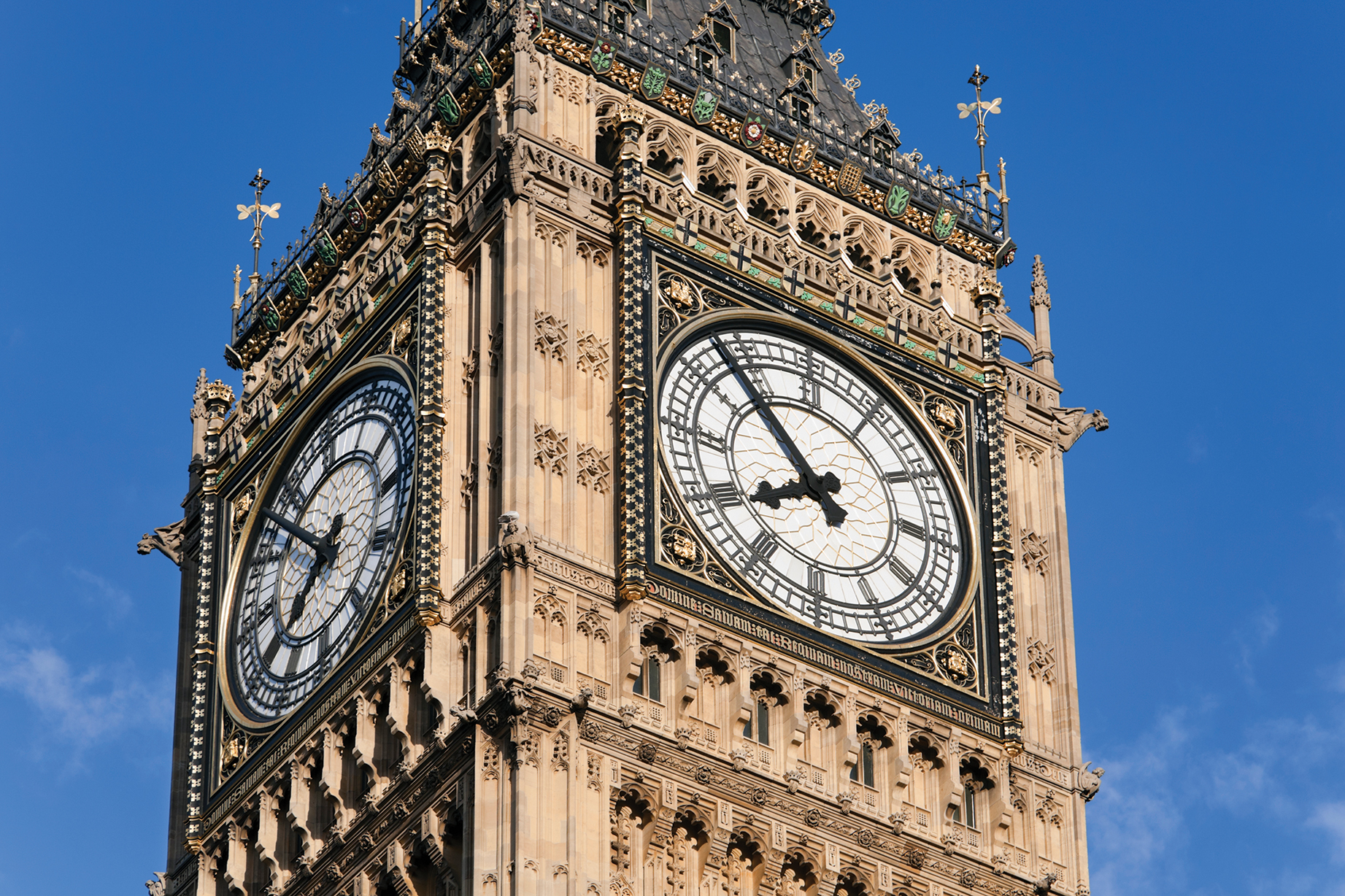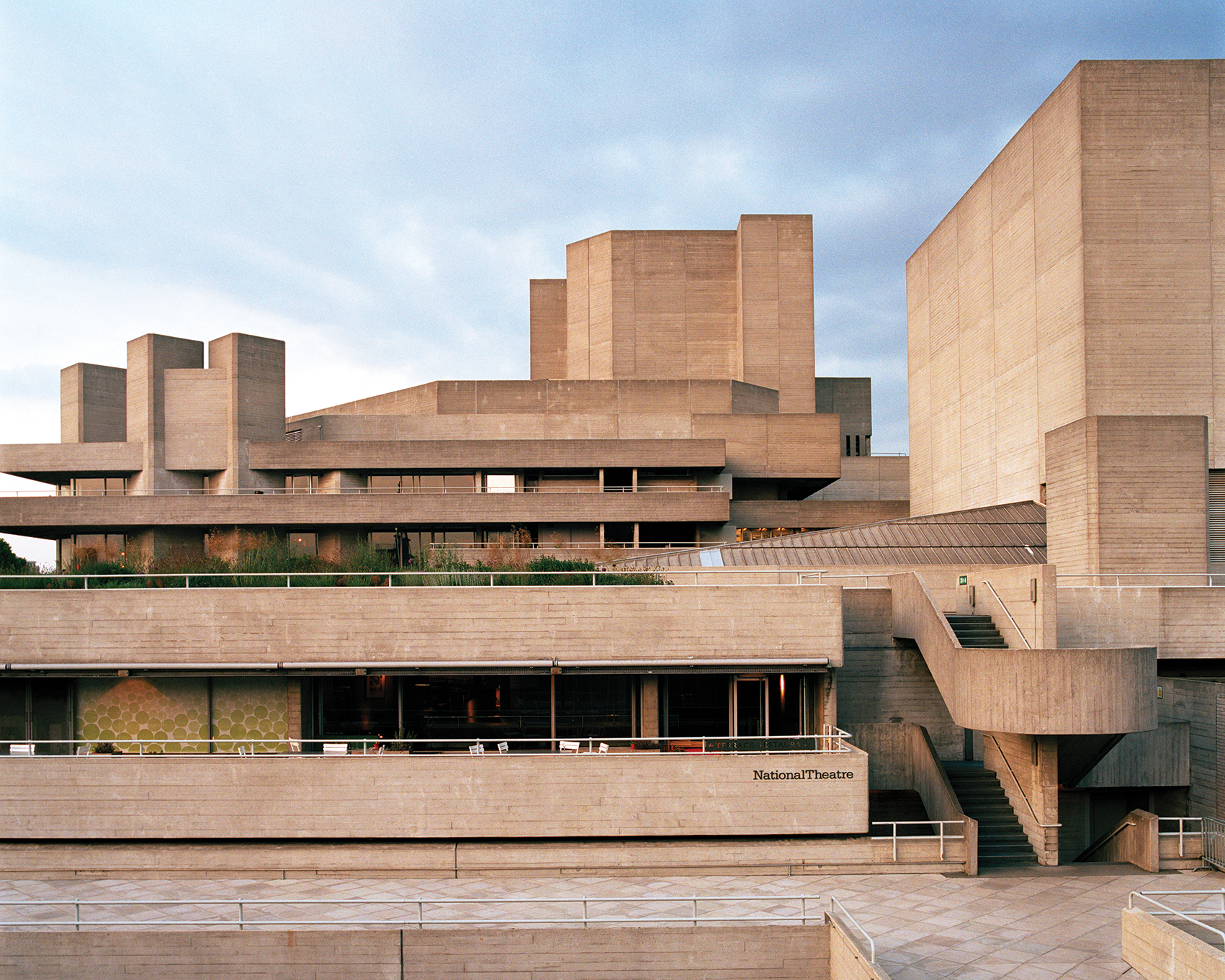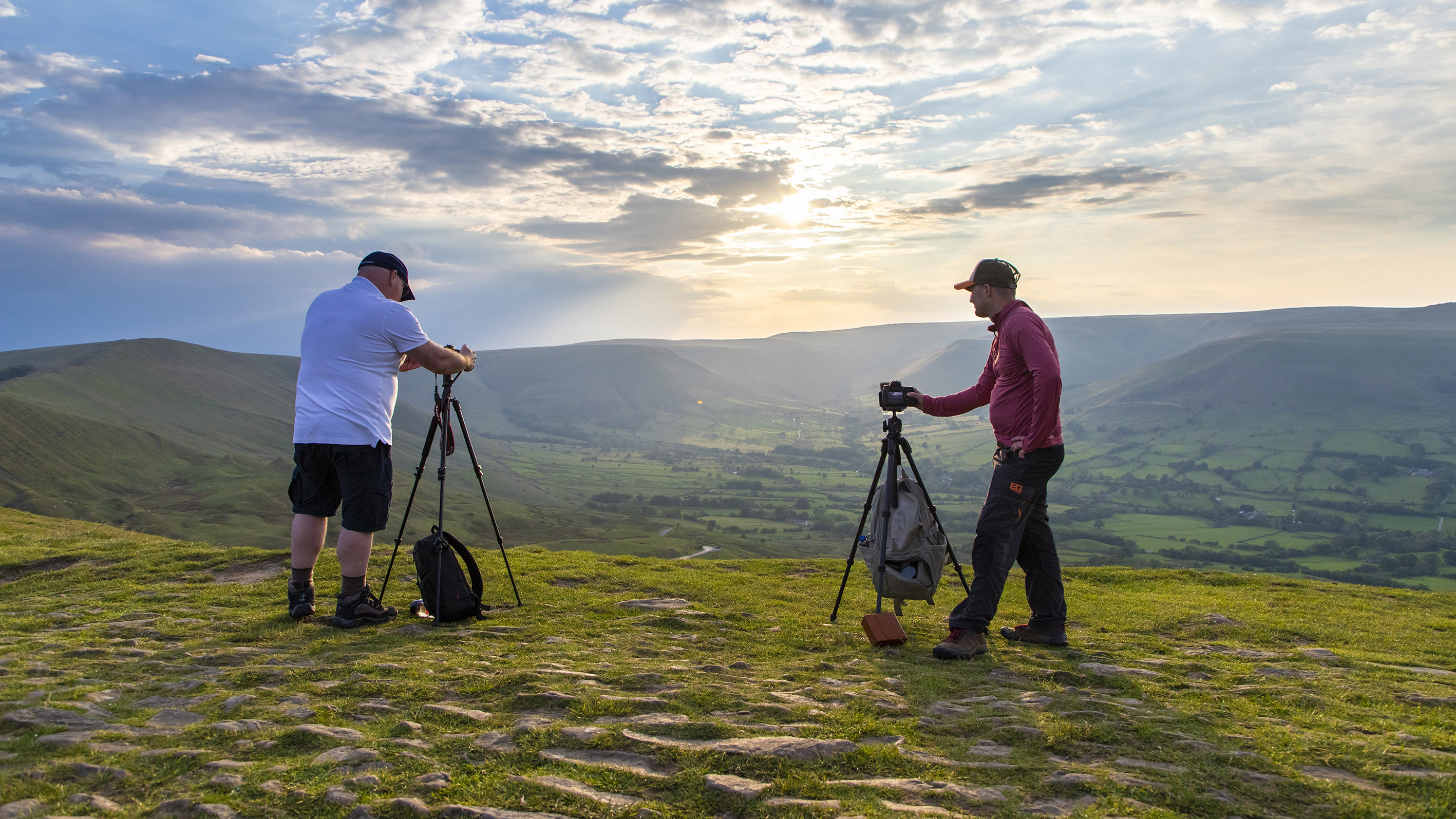How to shoot architectural photography that reveals a city's unique and changing identity (Part 1)
Let's talk architectural photography! Dive into Eclecticism, Brutalism and Contemporary styles, exploring their history and visual characteristics
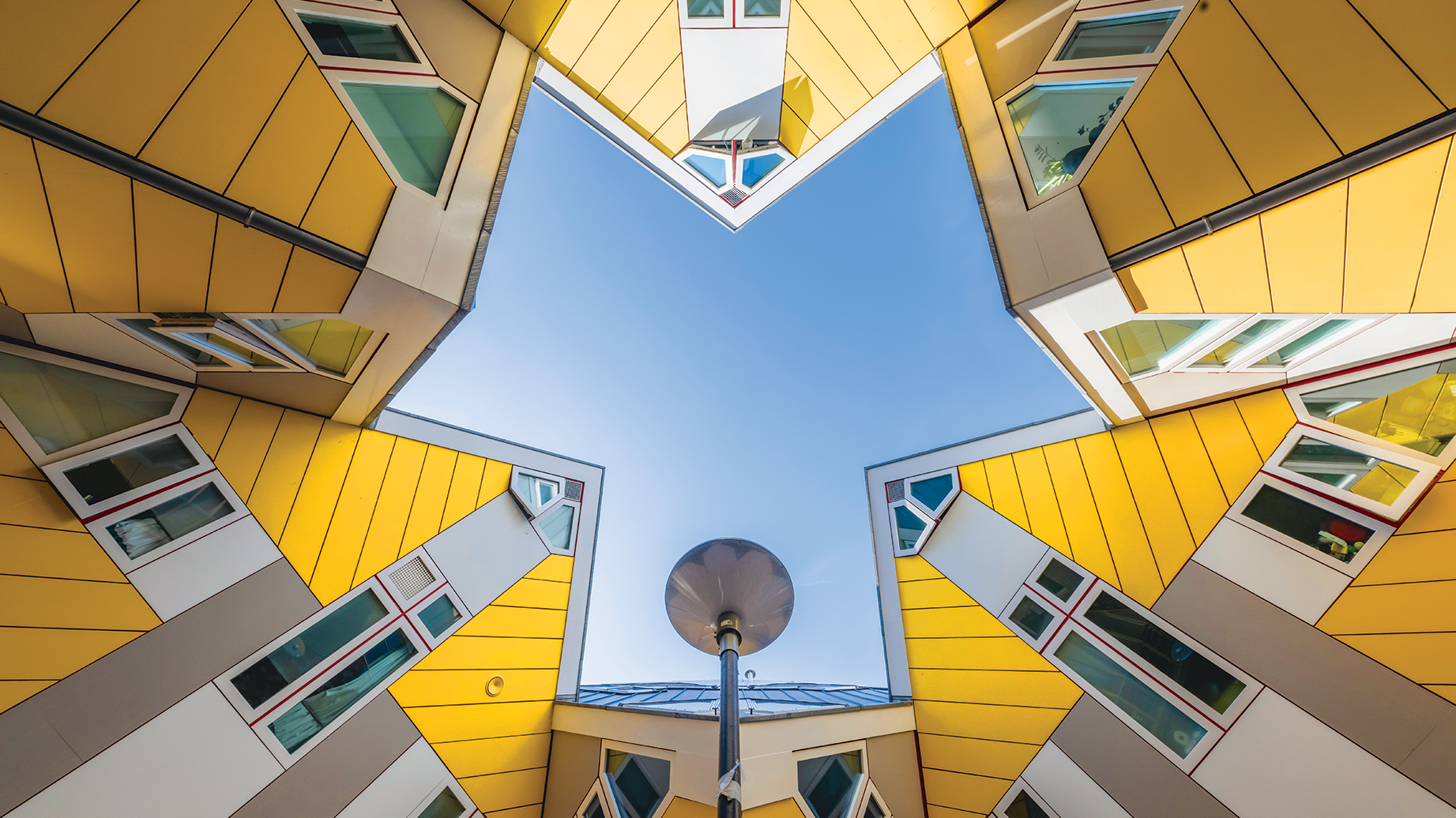
Architectural photography has this unique way of pulling you into a city's story – that's one of the biggest reasons I've been drawn to it for years now. The more I explore it, the more I realize it's not just about photographing buildings; it's about understanding them, reading them like chapters in a much bigger book.
Just like the cities themselves, architectural photography is one of these genres that's always evolving. As photographers, we're not just documenting buildings – we're interpreting them. Every structure we frame is part of a bigger picture: a reflection of cultural shifts, political ambition or the technical spirit of its time.
From towering glass facades to centuries-old brickwork, the urban landscape is a living timeline – and through the lens, we get to explore how cities blend the past with the present.
In many cities, you'll find postmodern icons standing shoulder to shoulder with Gothic cathedrals or utilitarian mid-century housing blocks. Each of these styles tells a different chapter of the same urban narrative. And that's what makes architectural photography so powerful.
Learning to read architecture – in my opinion – opens up a whole new visual vocabulary. The more you shoot, the more you start spotting recurring forms, materials, and details that signal specific eras and styles. It's like decoding the city's DNA with your camera in hand
Let's dive in and discover three architectural characteristic styles that have shaped the look and soul of our cities. They're full of creative potential, each offering its own set of visual challenges.
Eclecticism
Blending the past with the present, Eclecticism emerges in the 19th and early 20th centuries as architects borrowed details from classic, Gothic, Renaissance and Baroque architecture – sometimes all at once. These buildings are often ornate, playful, and full of visual contradictions.
The best camera deals, reviews, product advice, and unmissable photography news, direct to your inbox!
Photo tip
Look for juxtapositions – ornamental windows next to simple columns, Baroque flourishes paired with neoclassical symmetry. Try to frame your shot to include more than one defining feature, especially at intersections or corners. A 35mm or 50mm lens works well to avoid distortion while still capturing architectural depth. Soft, diffused light (like on overcast days) will help preserve the richness of details without harsh shadows.
Brutalism
Raw, unapologetic and bold – Brutalist architecture made its mark in the 1950s and is one of the most divisive styles out there. But for architectural photography, it's incredibly rewarding thanks to its powerful shapes and textures.
Photo tip
Strip back the color and learn lean into monochrome. Focus on form, shadow and repetition. Shoot in hard midday sun to emphasize texture and harsh geometry, or wait for late afternoon to catch long shadows that carve out the building's shapes. Wide angles can dramatize scale, but be mindful of perspective distortion – correcting verticals in post helps maintain the integrity of those iconic blocky forms.
Contemporary
In the 21st century, contemporary buildings often explore sustainability, bold materials and unconventional shapes. They challenge what we expect architecture to look ike – and that's exactly what makes them so fun to shoot.
Photo Tip
Let yourself be playful. Use reflections in glass or water to double abstract patterns. Go close to highlight texture and material or step back for symmetry-breaking compositions. These structures often look best with clean skies or bold weather. Try framing upwards with a wide-angle lens to exaggerate lines and use high contrast to make unusual shapes pop. Sunrise or blue hour can give facades an unexpected softness that contrasts with the modern forms.
You might like...
Tilt-shift lenses are a great tool when it comes to capturing architecture. Browse the best tilt-shift lenses, and for more content centered around architecture photography, explore the article: I love tilt-shift photography, but instead of spending a fortune on lenses I do this.
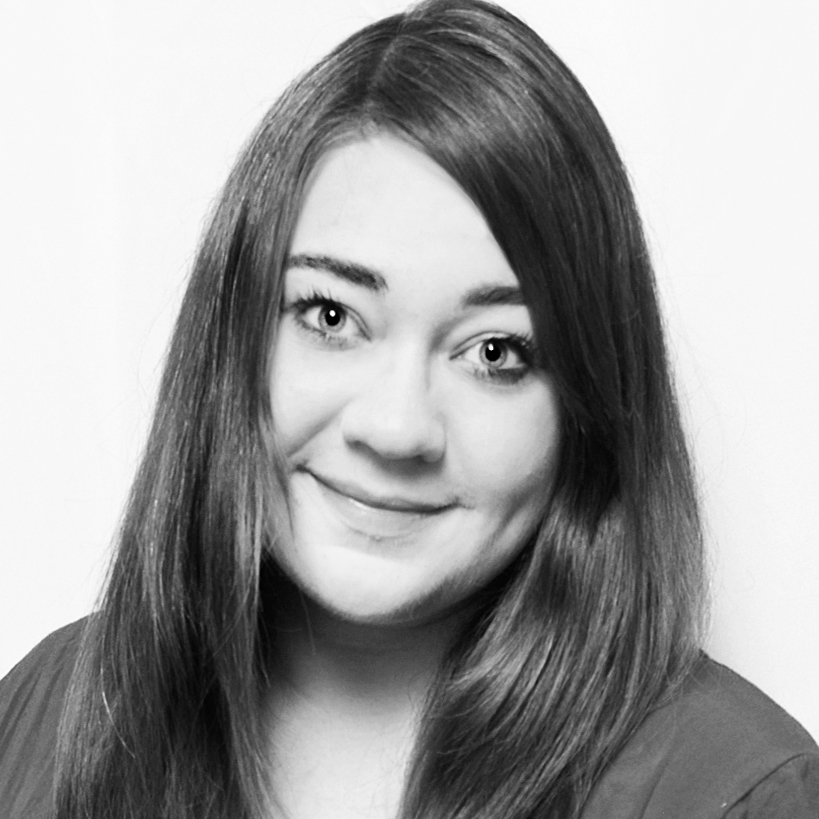
Kim is a photographer, editor and writer with work published internationally. She holds a Master's degree in Photography and Media and was formerly Technique Editor at Digital Photographer, focusing on the art and science of photography. Blending technical expertise with visual insight, Kim explores photography's time-honored yet ever-evolving role in culture. Through her features, tutorials, and gear reviews, she aims to encourage readers to explore the medium more deeply and embrace its full creative potential.
You must confirm your public display name before commenting
Please logout and then login again, you will then be prompted to enter your display name.
